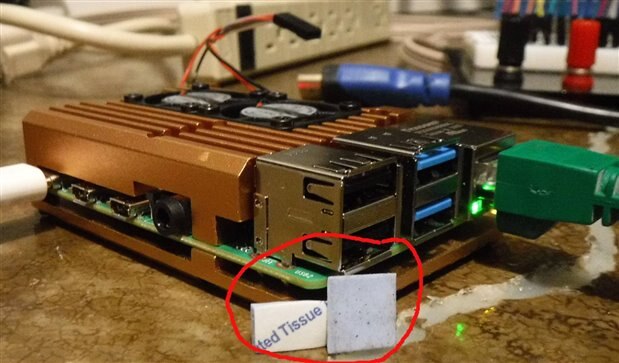When did foam become a good thermal conductor?
I studied electronics when Marconi was developing wireless technology. Well maybe not that far back. My career started on the cusp of the transition from glass transistors to semiconductor transistors. The one course in technical school that I had to pass and stood in the way of me graduating from college was Thermal Dynamics, the design consideration for heat transfer in the electronic components. The instructor was an Engineer and the Dean. I found him a poor instructor and struggled in the course. Our relationship deteriorated the more I struggled. I did mange to graduate. The Dean signed off on my thesis paper to graduate.
I recall it was important to span the air gap between a component and the heat sink. Sizing the heat sink was important but that air gap left unaddressed impacted the design. Liquid thermal compound we called paste was the go to solution. It filled the air gap to increased the thermal conductivity between the components and heat sink. About ten years ago I came across a thermal tape to replace the thermal paste. It was cleaner. Now I discover a foam?
I purchased a knock-off Pi4B metal case that doubles as a heat sink. The air gap between the Pi components and the metal case was close to a 16 of an inch. Wow! Included in the kit was foam pads. More pads (red circle) than required to cover the components that needed a heat sink. I was sceptical it would worked. Using the stress test posted here https://core-electronics.com.au/tutorials/stress-testing-your-raspberry-pi.html I discovered the metal case warms up but Hey it works.
My question to those individuals that never heard of a glass transistor, meaning your learning is newer than mine, on a scale of best to worse thermal conductivity solutions what is used today for bridging the thermal gap?

